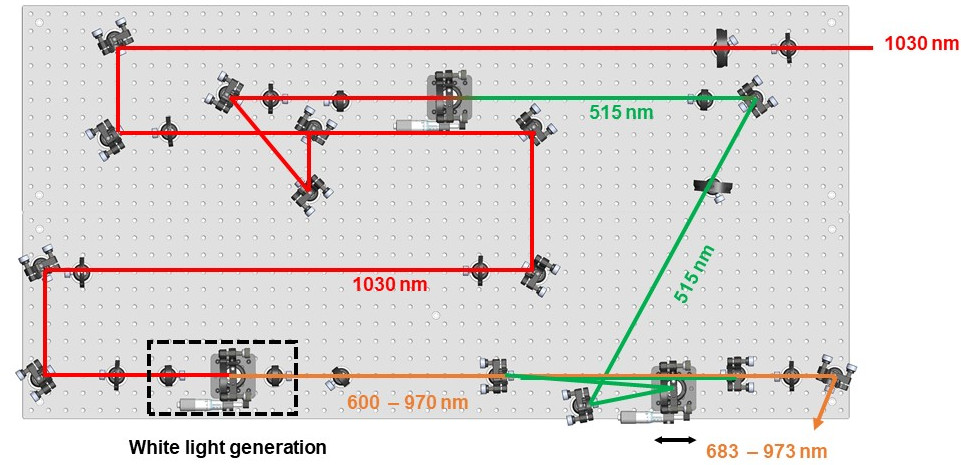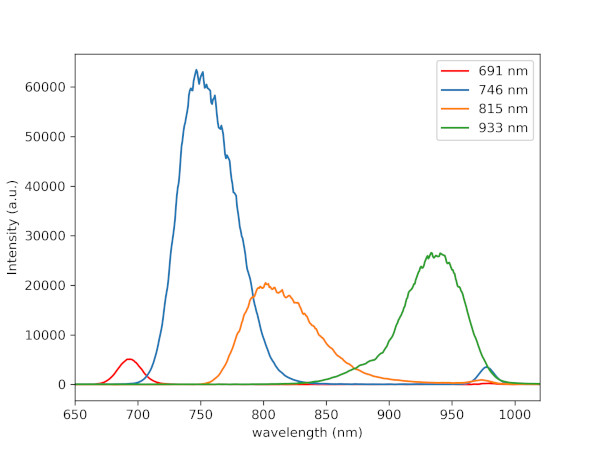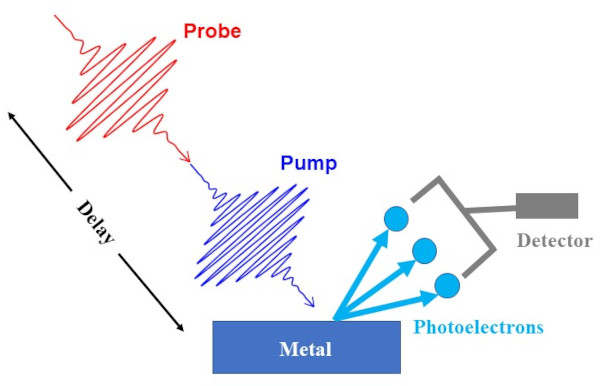Non-Collinear Optical Parametric Amplifier
NOPA stands for Non-collinear optical parametric amplifier. It is driven by pulse of 20 micro joule, 1030 nm , and repetition rate up to 2 MHz. It is made up from different optical components. There are different non linear phenomenas occuring like second harmonic generation, super-continuum generation and optical parametric amplication .
The laser pulse is splitted from the beam splitter. The reflected beam has the S-polarization which is used to generate a pump. This beam is focused by lens to enhance the effieciency of second harmonic generation generated by BBO crystal as shown in above figure. The conversion efficiency of BBO is around 30 %. Meanwhile, the transmitted beam after beam splitter has the P-polarization that is used to produce super-continuum generation also known as a white-light. The white-light is obtained by focusing the fundamental beam into YAG crystal. Because of the Kerr effect, self focusing, and self-phase modulation, a broad spectrum is formed. This broad spectrum is known as the seed. The seed beam and the pump beam overlap in the amplifying BBO crystal. When they overlap temporally and spatially, a tunable wavelength and the highly intensed beam are produced.
The white light is chirped so it has broaden pulsewidt. It is compressed by using a prism pair to reduced the pulse width. This light source is useful for the photoemission spectroscopy. The highly intensed, short pulse duration, and tunable wavelengths (from 691 - 933 nm central wavelength as shown above) are generated from this set up. These wavelengths are absorbed by most of the materials which will unravel the electronic structure by the help of photoemission spectroscopy. The schematic diagram of Nopa is adapted from the thesis of Emanuel Wittmann. You can read his thesis at here.



